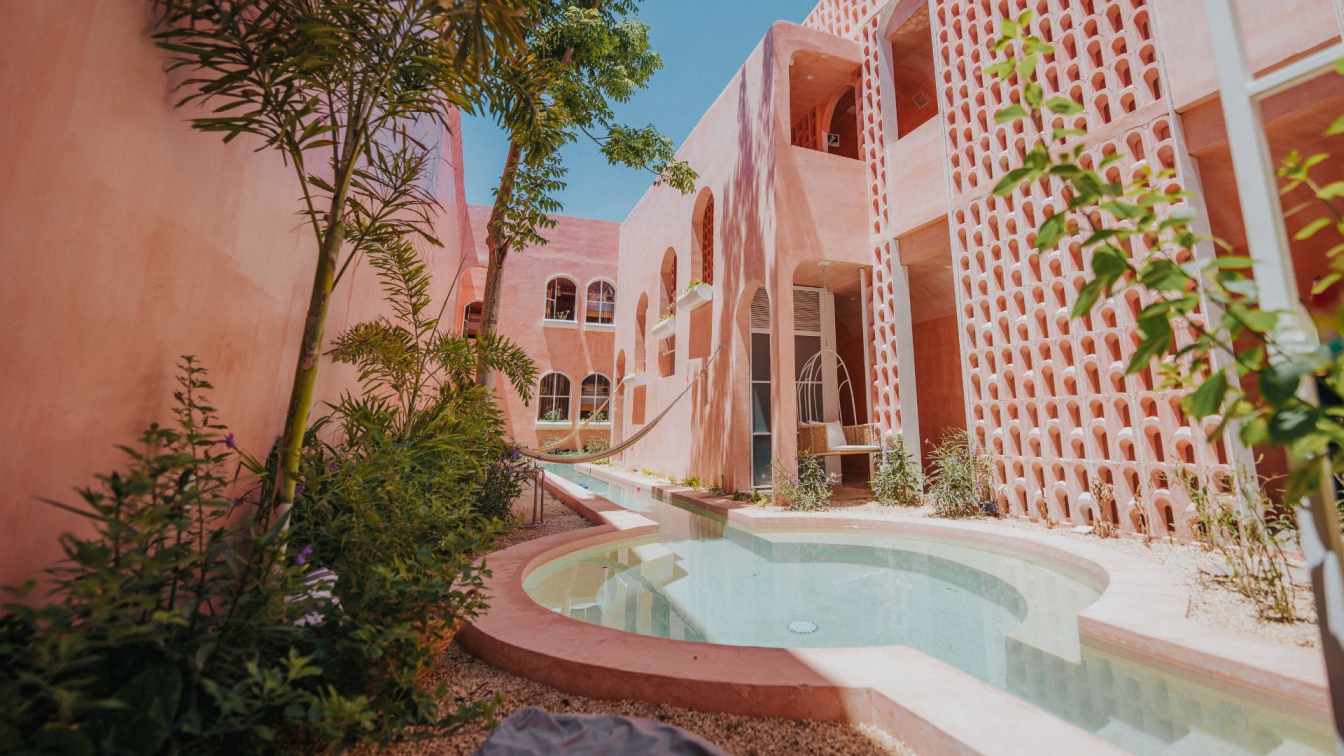In interior design, minimalism and maximalism represent two distinct styles with unique approaches. Minimalism focuses on simplicity, functionality, and a clutter-free environment, using the ’less is more’ approach. On the other hand, Maximalism Interior Design celebrates abundance, bold colours, and diverse patterns, using the ’more is more’ approach. For those interested in learning about these interior designing styles, exploring AutoCAD Courses can benefit both minimalist and maximalist projects.
This blog explores minimalism’s and maximalism’s characteristics, advantages, and disadvantages, providing a comprehensive comparison to help you decide which style best suits your taste and lifestyle.
Table of Contents
Understanding Minimalism
Characteristics of Minimalism Design
Advantages and Disadvantages of Minimalism
Understanding Maximalism
Characteristics of Maximalism Design
Advantages and Disadvantages of Maximalism
Conclusion
Understanding Minimalism
Minimalism is a design approach that focuses on practicality, simplicity, and fewer components. It is often characterised by neutral colours, smooth surfaces, clean lines, and streamlined furniture and decor.
Characteristics of Minimalism Design
The emphasis of minimalist design is on simplicity, functionality, and the beauty of clean lines and one space. Here are the characteristics that define this popular approach:
Simplicity: The main goal of minimalist design is to reduce spaces and create a clean, uncluttered look by minimising the elements down to their most basic forms. This method uses fewer furniture and decor pieces, each carefully chosen for its purpose and need. The end effect is a room that looks spacious and peaceful.
Functionality: Functionality is a fundamental concept of minimalist design. It guarantees that every furniture and accent piece will enhance the overall effectiveness of the area. This frequently entails utilising multipurpose furniture, including fold-out desks, to increase utility.
Clean Lines: Minimalist design emphasises geometric shapes and clean, straight lines. The architecture and the furniture are simple and plain, lacking elaborate frills. This establishes the minimalist aesthetics' sense of precision and order.
One Space: The minimalist design emphasises lightness and open space. The rooms' layout is designed to optimise natural light and preserve an open flow.
Advantages and Disadvantages of Minimalism
Advantages: Encourages awareness and purposeful life, which leads to improved mental clarity and less stress. Also, it encourages eco-consciousness and sustainability through consuming less.
Disadvantages: Finding the right balance between minimalism and practicality can be hard in some situations.
Understanding Maximalism
Maximalism, a style from the Victorian era, celebrates more with its rich tapestry of patterns, textures, and colours, influenced by various periods and cultures.
Characteristics of Maximalism Design
Maximalist design is a bold and expressive approach to interior decoration, emphasising abundance, diversity, and a vibrant mix of elements. Here are the key characteristics that define maximalist design.
Bold Use of Colour: Vibrant, intense colour schemes are ideal for maximalism. Maximalist interiors are vibrant with colour, unlike minimalist design, which frequently uses a neutral colour scheme. A single space can have several colours utilised to create a lively and dynamic ambience.
Mix of Patterns: A variety of prints and patterns are welcomed in minimalist design. Combining floral, geometric, and abstract designs creates a complex tapestry of visual intrigue. This eclectic approach gives the room more character and depth.
Layering Textures: A maximalist room is rich in texture and blends various materials to produce a tactile sensation. Fur, leather, silk, and velvet may all work well together to create layers of visual intricacy and sensual appeal.
Abundance of Decor: In maximalist design, more is more. Art, writing, plants, and ornamental items adorn walls, shelves, and other surfaces. This profusion of décor pieces gives the room a lived-in, character-filled atmosphere.
Advantages and Disadvantages of Maximalism
Advantages: A more expressive and individualised area that can change over time to suit your preferences is made possible by maximalism. In addition, it is adaptable and tolerant to fresh discoveries and gems.
Disadvantages: Maximalism designs possess the risk of becoming crowded and overpowering if they are not edited carefully. There could also be more work to plan and maintain.
Conclusion
The decision of whether to follow the minimalist or maximalist style of interior design does not depend on style but on the personal preference. Whether you’re into minimalism, where clean, neat lines are the order of the day, or maximalism, with its unfettered use of colour and over-the-top accessories, your home should reflect you.
For more information, visit The Knowledge Academy.





